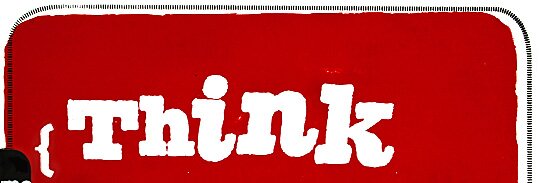 
|
 |
|
|
{ word on the street }
|
The Visual Dynamics of Aviator Game Graphic Design: An Aesthetic Voyage Through the SkiesInk Lounge Creative stands nestled in the heart of the Baker District in Denver, Colorado, operating as a boutique screenprinting and creative workspace. This vibrant hub is an amalgamation of several potent elements: a deep-seated passion for graphic design, a perpetual inspiration to craft by hand, and a fervent desire to collaborate with and uplift fellow members of the community. It's more than a studio; it's a place where creativity meets community, fostering a rich landscape of artistry and connection. The world of graphic design has navigated a thrilling trajectory, evolving from the pixelated interfaces of yesteryears to the hyper-realistic domains that whisk players into a sky stitched with digital realism. Through engaging gameplay and spectacular visuals, has capitalized on the innovative strides taken in the sphere of graphic design to enhance the gaming experience. This exploration is a voyage through the scenic panorama of slot beauty, delineating the craftsmanship that paints the virtual sky. The Genesis: 8-Bit and 16-Bit ErasIn the inception period of the slot outlay, the 8-bit and 16-bit eras witnessed the utilization of a limited palette of colors and basic geometrical shapes to represent aircraft and landscapes. Despite the rudimentary graphics, these games engrossed players by laying down the foundational principles of flight dynamics and aerial combat. The Renaissance: 3D Rendering and Realism in AviatorTransitioning into the 90s, 3D rendering technology surged, transforming flat sprites into three-dimensional objects. Games such as Aviator and the "Ace Combat" series brought a revolutionary change, presenting players with meticulously crafted aircraft models and landscapes, where each rivet and panel on the airplanes had a detailed depiction. The impetus was on augmenting realism, enhancing textures, and rendering natural phenomena such as weather conditions with a fidelity that was closer to reality. The Golden Era: High Definition and Photorealism in Jet LuckyAdvancing into the 2000s, the golden era of design emerged with high-definition resolutions and photorealism becoming a norm. The culmination saw titles like "Microsoft Flight Simulator 2020", which utilized satellite imagery and 3D photogrammetry to create an open world by using the l that mirrored the real Earth. The implementation of ray tracing and dynamic lighting brought forth skies that blushed with the hues of dawn and dusk, offering an immersive experience that was visually enchanting. The Craftsmanship: Texture and Detailing in Aviator and Jet LuckyA pivotal part of graphics is the careful crafting of textures and details that breathe life into the virtual environments. Designers utilize high-resolution texture maps, bump maps, and specular maps to infuse aircraft with a tangible texture and shine, striving to blur the lines between virtual and real. The meticulous representation of cockpit interiors, with fully functional instruments and controls in Jet Lucky, has become a hallmark, transforming the visual narrative into an interactive masterpiece. The games stand unique in their dynamic presentation of environmental phenomena. Rain streaks across the windshield, clouds cast volumetric shadows, and atmospheric scattering recreates the visual nuances of flying at different altitudes. The game graphic design landscape is an evolving tapestry, weaving technological advancements with artistic craftsmanship to create visual odysseys that transport players into the heavens. As designers continue to push the boundaries, harnessing the latent potential of emerging technologies, the sky is not the limit but the beginning of where the design is headed. |
|
 |
 
|
|

